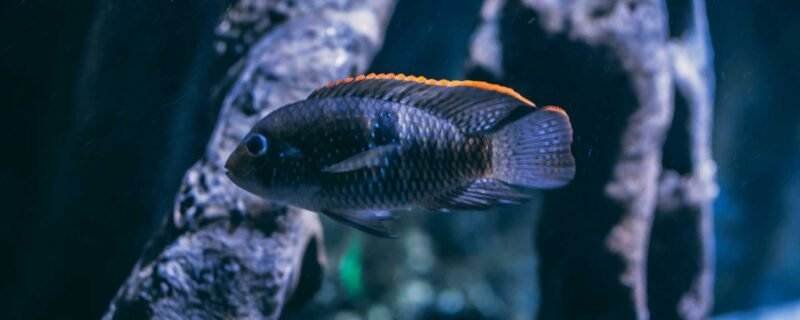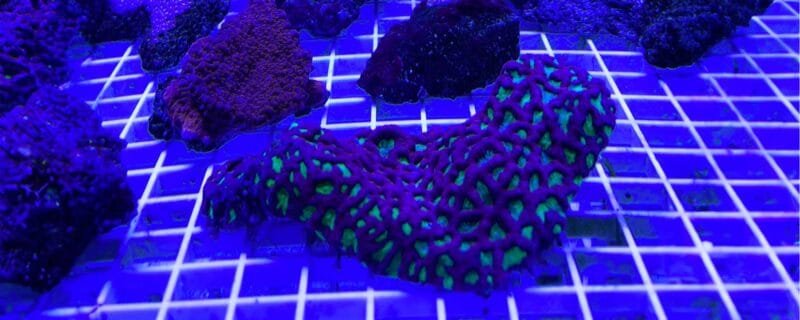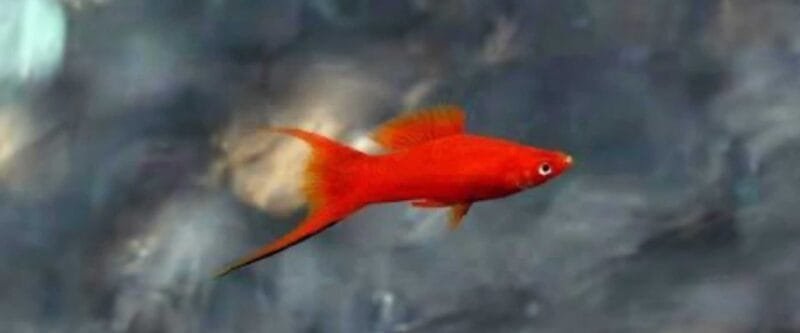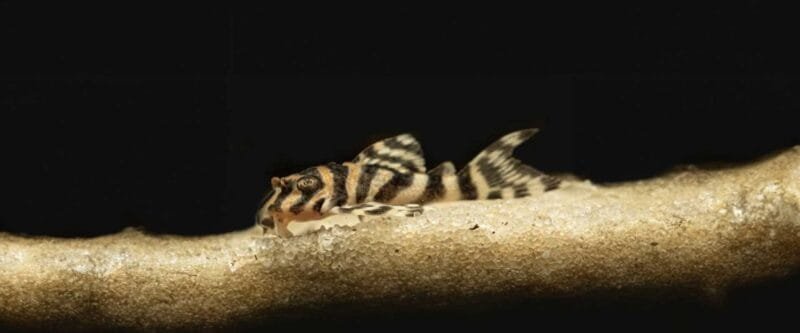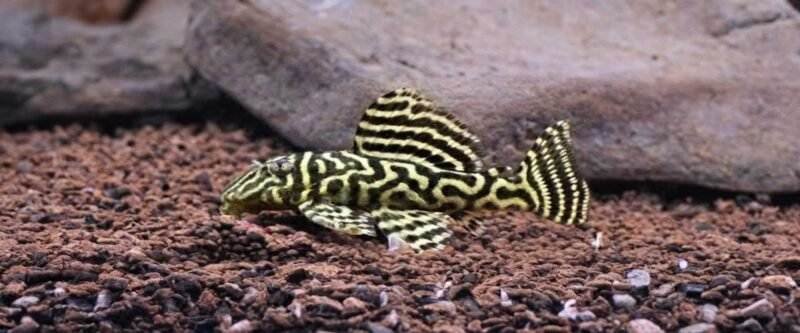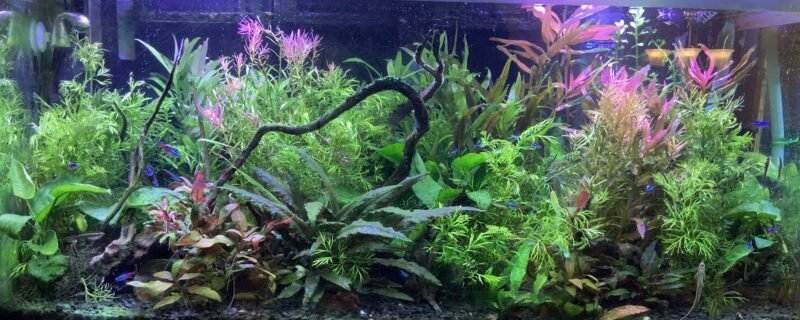The Enigmatic Red Lionfish: Pterois volitans
Introduction
The Red Lionfish, scientifically known as Pterois volitans, is an iconic yet enigmatic species in the world of marine aquariums. Its striking appearance and graceful presence have made it a favorite among aquarists, despite its reputation as an invasive species in some regions. In this blog post, we’ll explore the captivating world of Pterois volitans, covering its scientific and common names, size, natural habitat, suitability for community tanks, dietary preferences, alternative names, gender differentiation, and more.
Scientific and Common Name: Pterois Volitans
Size: Red Lionfish can reach impressive sizes, with adults typically ranging from 12 to 15 inches (30 to 38 centimeters) in length.
Native Habitat: In the wild, Pterois volitans is found in the warm waters of the Indo-Pacific region, including the Indian Ocean and the western and central Pacific Ocean. They inhabit coral reefs, rocky crevices, and other submerged structures.
Habitat and Behavior: Red Lionfish are known for their striking red and white stripes, long venomous spines, and fan-like pectoral fins. They are skilled predators that use their spines to corner prey and swallow it whole.
Community Tank Compatibility: While Red Lionfish are captivating, they are not ideal for community tanks due to their predatory nature and potential aggression towards smaller tankmates. They are best suited to species-specific setups or large, predator-focused aquariums.
Diet: Red Lionfish are carnivorous and primarily feed on a diet of small fish and crustaceans. In captivity, they can be fed a variety of marine-based frozen and live foods, such as shrimp, fish, and squid.
Alternative Names: The Red Lionfish is often referred to as the Turkeyfish, Firefish, or Zebrafish due to its distinctive red and white stripes.
Distinguishing Males from Females:
Sexual dimorphism in Red Lionfish is challenging to discern based on external characteristics. Differences in size or behavior may become apparent in mature individuals during breeding and courtship.
Varieties and Coloration: While Pterois volitans is commonly associated with its red and white coloration, there are variations in color patterns and hues depending on geographic location and environmental factors.
Invasive Species Concerns: It’s essential to note that Red Lionfish have become invasive in some regions, including the Atlantic Ocean and the Caribbean. Their introduction can have detrimental effects on local ecosystems, making responsible and ethical aquarium practices crucial.
Conclusion:
A Captivating Beauty with Cautions
The Red Lionfish (Pterois volitans) stands as a testament to the captivating allure of marine life. Its striking appearance and mesmerizing presence have made it a sought-after addition to aquariums around the world. However, due to its predatory nature and potential invasiveness in certain regions, responsible ownership and care are paramount. Whether you choose to admire this enigmatic species from afar or introduce it to a suitable aquarium environment, the Red Lionfish will always be a symbol of the intricate and diverse underwater world.
Picture by: Reel Reef Canada




